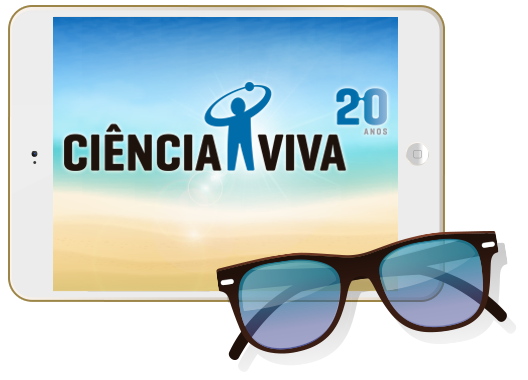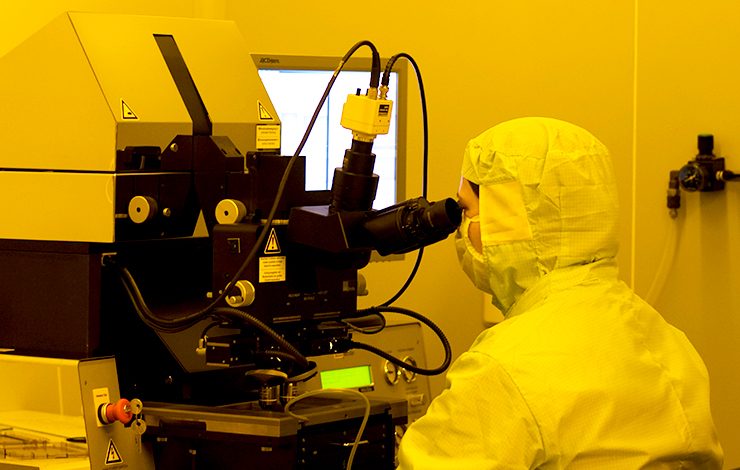


Inkjet printed highly porous TiO2 films for improved electrical properties of photoanode
| Title | Inkjet printed highly porous TiO2 films for improved electrical properties of photoanode |
| Publication Type | Journal Article |
| Year of Publication | 2016 |
| Authors | b Bernacka-Wojcik I a, b Wojcik PJ a, Aguas H a, Fortunato E a, Martins R a |
| Journal | Journal of Colloid and Interface Science |
| Volume | 465 |
| Pagination | 208-214 |
| ISSN | 00219797 |
| Keywords | Article, Commercial TiO, Deposition technique, Diffusion, dye sensitized solar cell, Dye-sensitized solar cells, Effective electrons, electrical equipment, electricity, Electrochemical analysis, electron, film, general device, heating, Higher efficiency, Ink, Ink jet printing, inkjet printing, Innovative methodologies, photoanode, Picoliter volumes, Porosity, Printed electronics, Printing, priority journal, Solar cells, Spray nozzles, surface area, Titanium dioxide |
| Abstract | The aim of presented work is to show the improvements obtained in the properties of TiO2 films for dye sensitized solar cells fabricated by inkjet printing using an innovative methodology. We describe the development and properties of TiO2-based inks used in a lab-scale printer, testing various commercial TiO2 pastes. The porosity of the deposited inkjet printed TiO2 films is much higher than using the conventional "doctor blade" deposition technique, as the ink solvent evaporates during the droplet fly from the nozzle to the substrate due to its picoliter volume and the applied heating of a printing stage (70°C). Thanks to higher surface area, the dye sensitized solar cells incorporating inkjet printed TiO2 film gave higher efficiencies (ηmax≈3.06%) than the more compact films obtained by the "doctor blade" method (ηmax≈2.56%). Furthermore, electrochemical analysis indicates that for whole tested thickness range, the inkjet printed layers have higher effective electron diffusion length indicating their better transport properties. © 2015 Elsevier Inc.. |
| URL | https://www.scopus.com/inward/record.uri?eid=2-s2.0-84949845705&doi=10.1016%2fj.jcis.2015.11.070&partnerID=40&md5=57c79072603335af249416f27d5fd1e6 |
| DOI | 10.1016/j.jcis.2015.11.070 |








